You can’t open a newspaper, website or iPhone app without reading about the dangers lurking on our dinner plate (OK I’m kidding about the iPhone app.) Trans-fats and high-fructose corn syrup are the demons d’jour and with the modern diet being what it is, the food police don’t seem to be in any danger of running out of new material to warn us about.
Fair enough. But what about all the “health” foods we’ve been told are our nutritional salvation? Are they all they’re cracked up to be?
There’s no better place to start than with salmon, generally thought to be one of the best of the superfoods. And it is– when it’s wild. Farm raised salmon have up to 8 times the level of carcinogenic PCBs as wild salmon. Kept in crowded pens, they’re fed grain and fishmeal and a ton of antibiotics. Wild salmon are a health food. Farmed salmon… not so much.
Then there’s cereal, believed by many to be the center of a healthy breakfast because of its high-fiber content. But with few exceptions, most supermarket cereals are fiber lightweights. Most are loaded with sugar (contributing to mood swings and energy dips). Whole grains are better, but those who are sensitive to blood sugar fluctuations will have still have to be careful. The best cereals are old-fashioned oatmeal, and a few standouts like Fiber One and All-Bran. Look for those that pass the “5 and 5” rule: less than 5 grams of sugar, more than 5 grams of fiber. (You’ll be surprised at how few make the cut.)
Granola bars are simply candy bars masquerading as a health food. Most are simply chewy versions of candy bars–they have very little fiber, lots of processed carbs, and a ton of sugar. You’re better off “rolling your own” out of raw oats, chopped almonds, coconut flakes, raisins and a dollop of raw organic honey or molasses to hold it together.
Frozen yogurt is a prime example of the triumph of marketing over good sense. The only thing frozen yogurt has in common with real yogurt is that they’re both white. Real yogurt- one of the healthiest foods on earth– is loaded with live cultures which support your digestive health. The live culture content of most frozen yogurt is precisely zero. What’s more, frozen yogurt is usually filled with chemicals, and the artificial sweeteners in the non-fat kind can cause cravings just like sugar. You’re better off with real, creamy, organic ice cream. Just don’t eat too much.
Though most of us have been led to believe canola oil is the bees knees, it actually isn’t such a health bargain after all. The high temperatures needed to extract the oil from the rapeseed plant from which it comes make canola oil’s highly touted omega-3’s rancid and foul smelling, requiring them to be deodorized, a process which creates some trans-fatty acids. It also goes through caustic refining, bleaching and degumming. Unless it’s cold-pressed and organic, stay away.
And what could possibly be healthier than an egg-white omelet? Give up? Whole eggs! While an egg-white omlette isn’t exactly unhealthy, it’s hardly as good as the real thing. The yolk contains the superstars of eye nutrition, utein and xeazanthin which need fat to be absorbed properly. Egg yolks are an important source phosphatidylcholine an important nutrient for brain health.
Apples- healthy. Apple juice- maybe not. One cup of apple juice has zero grams of fiber, 117 calories, and 29 grams of carbs of which 27 are sugar (and your typical serving is a lot more than a cup). Sorry, but that’s not a health drink, it’s sugar water with apple flavoring. An apple a day keeps the doctor away. Wish I could say the same about apple juice, but I can’t.
So what’s the take home? Simple: eat real food. Food your grandmother would have recognized as food. Food you could hunt, fish, gather or pluck. Food as close to its natural form as possible. Food without a bar code. Whole fruit (not the fruit juice). Whole eggs (not the egg whites). Meat, eggs and milk from healthy, grass-fed cows and chickens that roam around pecking at worms (free-range). Any vegetable in the world.
Even if you don’t hit the “bulls eye” 100 percent of the time, you’ll still be way ahead of the game.





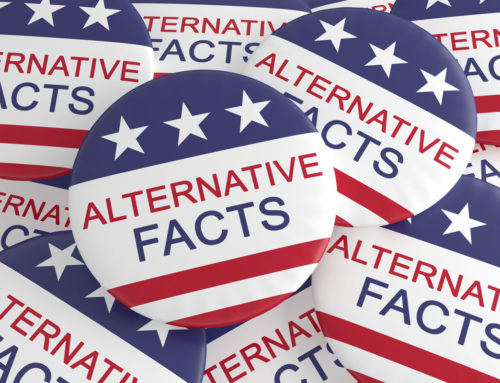
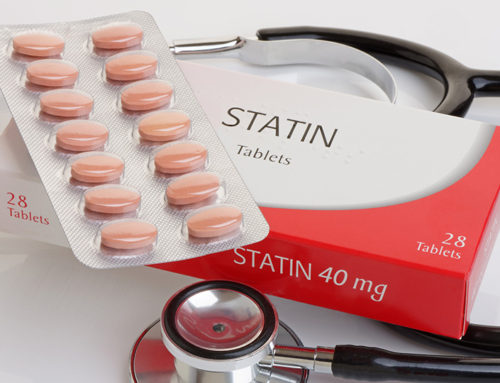

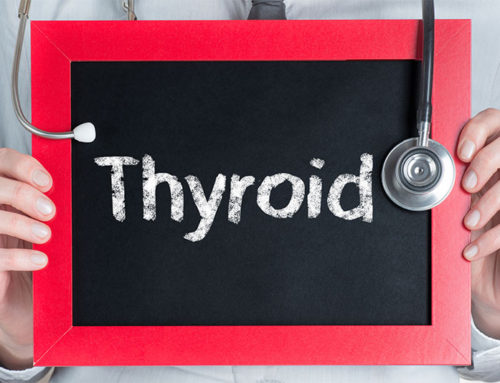

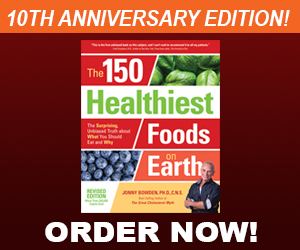
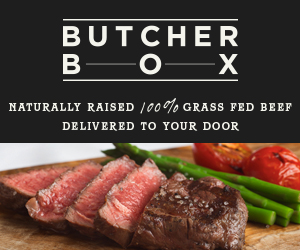
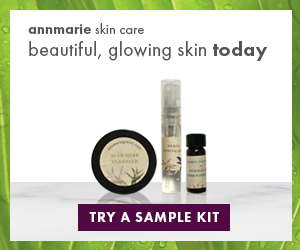

Hi Dr Jonny
I love your books and am trying to follow a healthy lifestyle by elimiating ‘bad food’ and focusing on the foods you reccomended in your ‘150 healthiest foods’. In your book you mention raw milk. I live in Australia where unpasturised milk is illegal, where I live there are no farms and having my own cow is not an option. What would be the best alternative in this case? non-homoginised, pasturised milk, soy milk or some other alternative??
Hi! Honestly i’m stumped. I’m not a huge fan of homogenized and pasteurized milk, but if you were doing absolutely everything else right, drinking some here and there wouldn’t be the worst thing in the world. Also, part- not all- of the reason it’s such a bad idea here in the states is the nature of factory farming and the steroids, antibiotics and hormones they shoot the cows up with- not sure if that’s the case in australia.
there’s always almond milk! or rice milk or hemp milk! all are fine
warmly
jb
Thanks Dr Jonny
I will have a go at making my own almond milk, sounds yummy!
Hi Jonny
I have a sweet tooth and am looking to turn my sweet cravings towards honey or blackstrap molasses as suggested in your ‘150 healthiest foods’ book (which i enjoy very much by the way!) I live in England and find it impossible to find a supplier for raw,unfiltered,unheated honey and can only seem to find natural honey in jars or bottles from the supermarkets or ordering from online. What do you suggest?
Hi there
I wish i could tell you how to find it in England, but i can tell you that I’m a huge fan of online ordering. I’d be surprised if you couldn’t find it online even if based in the US- what i’d suggest is that once you find a supplier online that you like, order enough to make it worth the shipping!
Hope that helps
warmly
jb
Great stuff as usual…
Just finished your 150 healthiest foods book and trying to massage my diet a bit, but here’s a question. I love to cook and generally go for either canola or olive oil depending on the situation. Canola is very flavor neutral and often comes in handy so I’d rather not give it up. After reading your bit about canola oil I went back and looked at the label (whole foods house brand) and it appears to be expeller pressed without any chemical processing. What’s the story, am I in the clear?
the whole canola oil thing has left such a bad taste in my mouth i just avoid it, but yes, the cold pressed organic kind is way better than the regular kind!I’m sure if that’s the “worst” thing you’re doing you’re going to live a long and healthy life! no worries.
warmly
jb
Dr. Jonny,
I live in San Francisco, California. Can you tell me if there is a good store or brand I can turn to here for raw milk?
Also, according to Wikipedia, the Chinese DO drink soy milk, but don’t consume other soy products. Is this info correct? I am bit doubtful about it.
Priya
well, i just returned from Beijing and Shanghai and while this is hardly a scientific observation, i didn’t see soymilk anywhere and certainly not as part of the traditional Chinese diet.
as far as raw milk, i’d go with a collective.
warmly
jb
Um, I’m Chinese and grew up on soymilk. One of the reasons I love visiting Shanghai is all the fresh soymilk stands on the streets. They were even on Nanjing Lu last time I went, which is a pretty ritzy place now. My mom makes her own (in the U.S.).
Chinese people also eat a lot of tofu and soybean curd. It’s a cheap meat alternative.
The soy Asians eat is far different than the processed Frankenfoods many Americans eat.
Hi Jonny, I’m wondering what you think of plain, unsweetened soy yogurt? I have read that only fermented soy such as tempeh, is good for you. But does soy yogurt count as a fermented soy product? My understanding is that with soy yogurt, it is the soymilk that is fermented, not the soybeans. Does this make a difference? I would love to eat dairy yogurt but I am allergic to all dairy products, so I am looking for an alternative. What is your opinion? I’m really having a hard time finding any reliable information on this, and I trust your opinion.
Thanks so much 🙂
Never tried it. I’ve heard good things about coconut yogurt as a good alternative.
Dr. Jonny,
I have heard that soft serve ice cream, Italian gelatos and ice milk are all lower in fat and calories than regular American ice cream. Do you think that these are better than frozen yogurt?
They are often just as high in sugar.
I forgot to say thanks.
What about watermelon juice?
Hi. Can I ask u a question from Finland?
Sure.